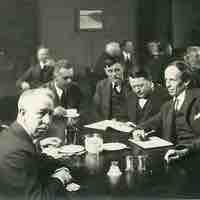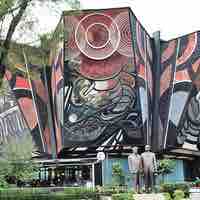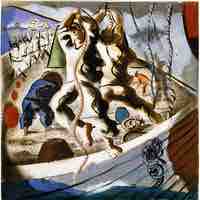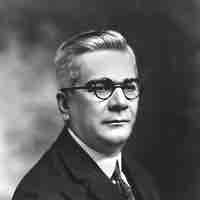Chapter 29
Europe and America from 1900-1950 CE
By Boundless
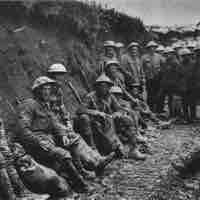
The early 20th century was marked by rapid industrial, economic, social and cultural change, which influenced the worldview of many and set the stage for new artistic movements.
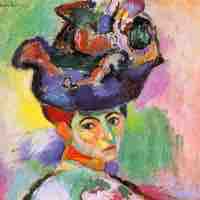
The Fauves were a group of early twentieth-century Modern artists based in Paris whose works challenged Impressionist values.
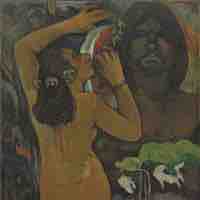
As one of the most influential artists of the 20th century, Pablo Picasso is widely known for his involvement in Cubism and Primitivism.

Futurism and Constructivism developed from Cubism in Italy and Russia respectively.
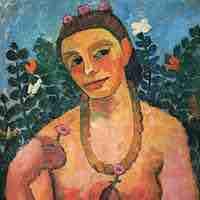
German Expressionism refers to a number of related creative movements beginning before WWI and peaking in Berlin during the 1920s.

Modern abstract sculpture developed alongside other avant-garde movements of the early 20th century like Cubism and Surrealism.

Dada and Surrealism were multidisciplinary cultural movements of the European avant-garde that emerged in Zurich and Paris respectively during the time of WWI.
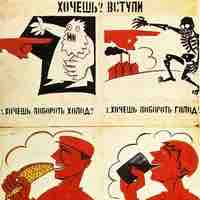
Constructivism was an artistic and architectural philosophy that originated in Russia in 1919 that rejected the idea of autonomous art.
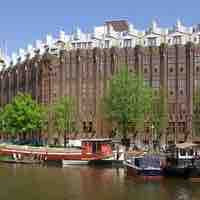
The Amsterdam School is a style of architecture that lasted from 1910 to 1930, with the aim of creating a total architectural experience.
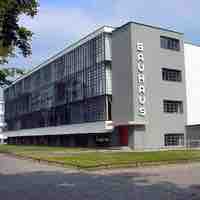
The Bauhaus was a school in Germany that combined crafts and the fine arts and was famous for its functionalist approach to design.
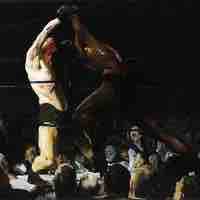
The Ashcan School was a movement within American Realism known for portraying scenes of daily life in New York's poorer neighborhoods.

Photography developed as an art form throughout the early 20th century largely due to a number of artists who worked to legitimize the medium by moving it into a gallery setting.
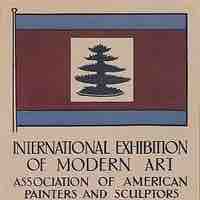
The Armory Show of 1913 displayed the work of European avant-garde artists alongside their American counterparts.
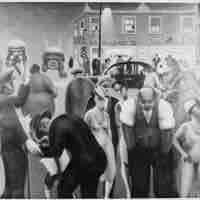
The Harlem Renaissance (1920s-1930s) was an African-American cultural movement known for its proliferation in art, music, and literature.
Regionalism refers to a naturalist and realist style of painting that dominated American rural painting in the 1930s.

During the 1930s and 40s, photography developed further in terms of both its technical possibilities as well as its function as an art form.

Expressionist architecture was a European movement of the twentieth century that came about in parallel with the expressionist visual and performing arts.
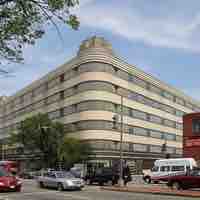
Art Deco and Streamline Moderne were two key styles of early 20th century American architecture.
Abstract expressionism was an American post–World War II art movement.
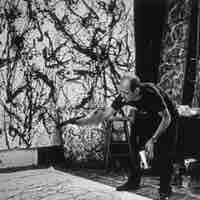
Action painting, created by Jackson Pollock, is a style in which paint is spontaneously splattered, smeared or dripped onto the canvas.
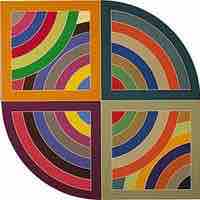
Color Field painting can be recognized by its large fields of solid color spread across or stained into the canvas creating areas of unbroken surface and a flat picture plane.
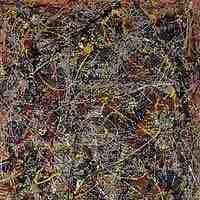
The New York School was an informal group of American abstract painters and other artists active in the 1950s and 1960s.
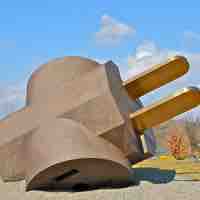
During the postwar period, many sculptors made work in the prevalent styles of the time: Abstract Expressionism, Minimalism and Pop Art.
